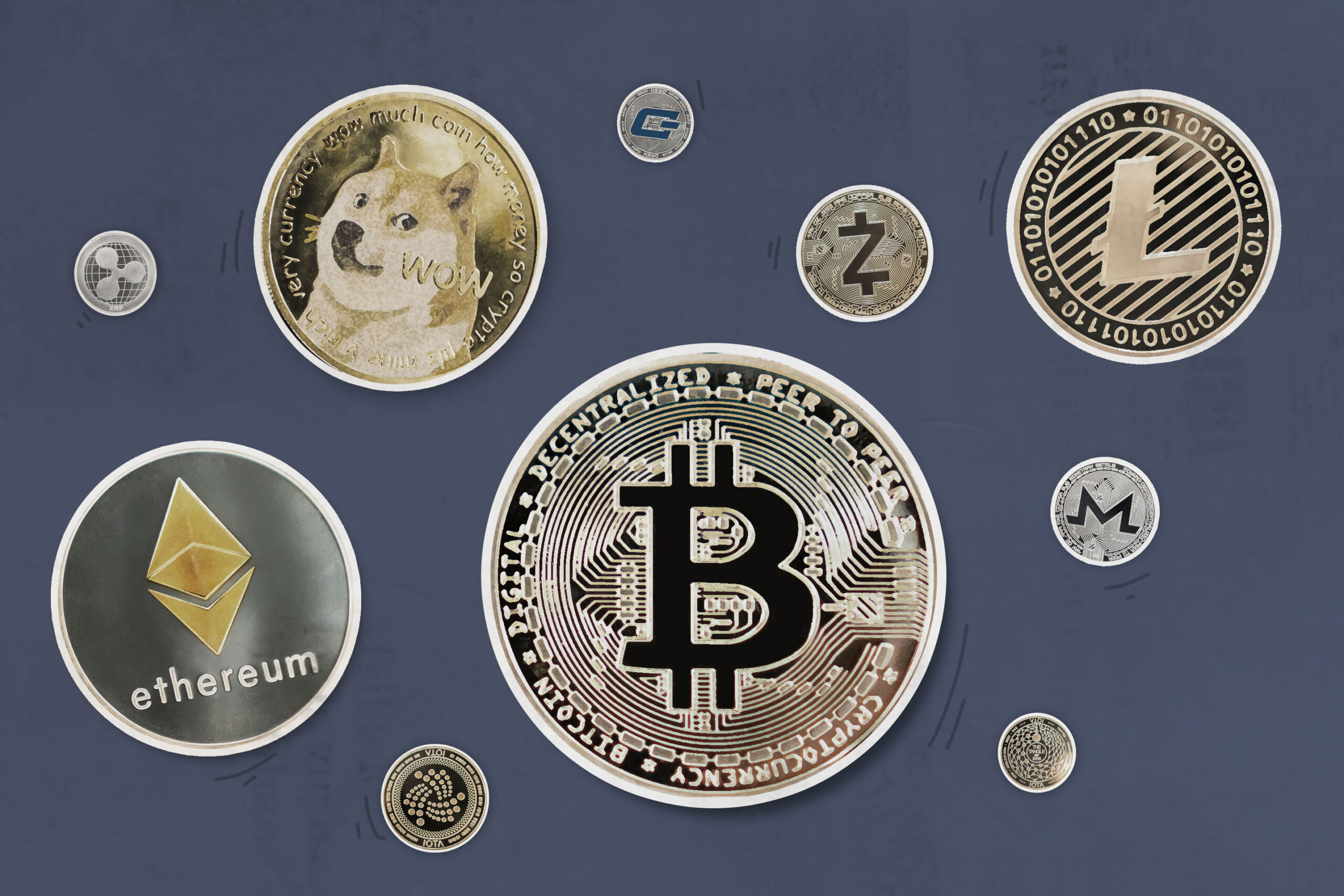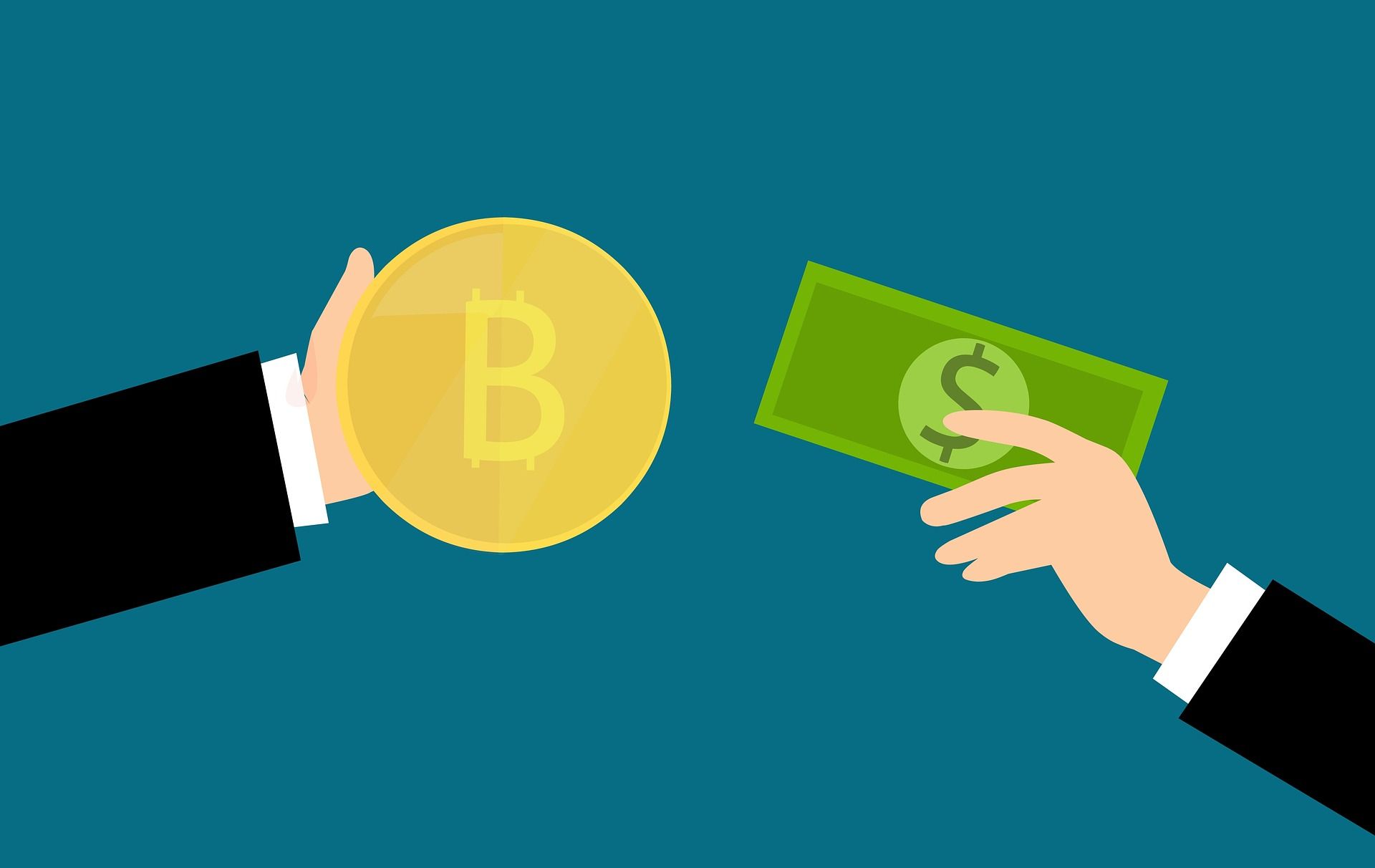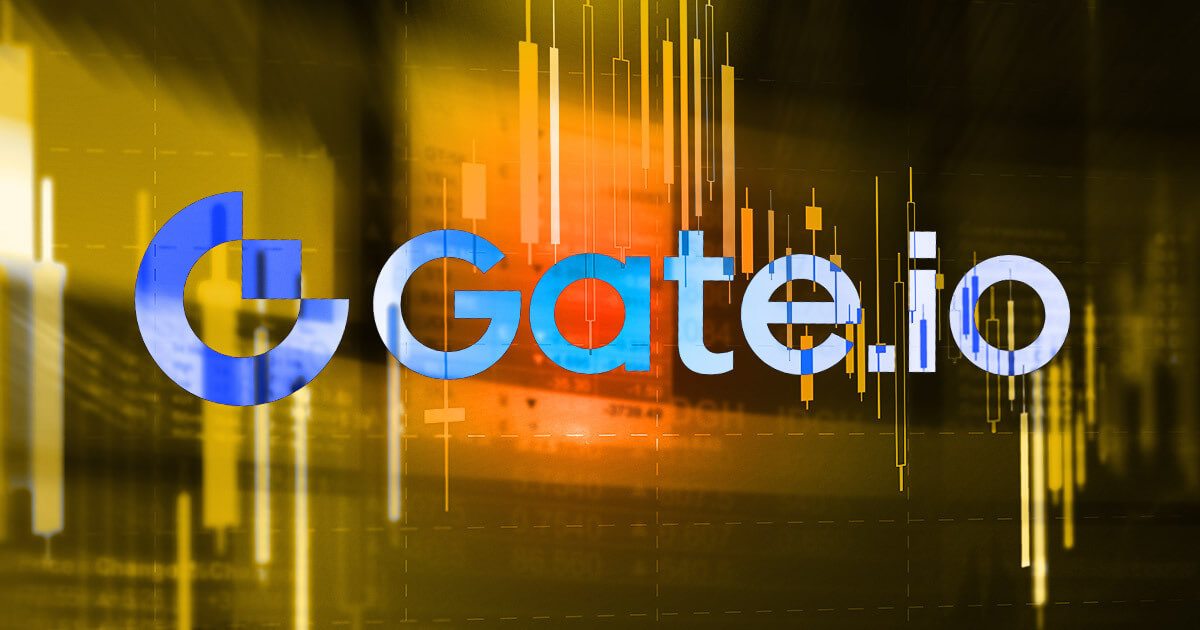Dapps’ revenue hits $164M in October amid growing adoption
Decentralized applications (dApps) witnessed significant growth in October, generating a staggering $164 million in revenue. This surge is attributed to increasing adoption across various sectors, including DeFi, NFTs, and gaming. As the Web3 ecosystem continues to expand, dApps are poised to revolutionize industries and reshape the digital landscape.

The decentralized application (DApps) ecosystem has achieved a remarkable milestone in October, generating an impressive $164 million in revenue, signaling substantial growth and increasing mainstream adoption of blockchain-powered applications.
Key Revenue Highlights
Financial Performance
- Total DApps revenue: $164 million
- Significant month-over-month growth
- Diverse revenue streams across blockchain platforms
Detailed Revenue Breakdown
Platform-Specific Analysis
- Blockchain Diversity
- Multiple blockchain ecosystems contributing
- Varied revenue generation mechanisms
- Emerging competitive landscape
Adoption Trends
User Engagement Metrics
- Increasing user base
- Enhanced user interaction
- Growing trust in decentralized technologies
Blockchain Platform Performance
Leading Platforms
- Ethereum
- Dominant market position
- Significant revenue contribution
- Robust developer ecosystem
- BNB Chain
- Rapid growth
- Competitive revenue generation
- Expanding application ecosystem
- Tron
- Consistent performance
- Innovative DApp strategies
- Strong user engagement
Revenue Generation Mechanisms
Primary Revenue Streams
- Transaction fees
- User subscriptions
- Smart contract interactions
- Decentralized finance (DeFi) protocols
- Gaming and entertainment applications
Sector-Specific Insights
Top-Performing DApp Categories
- Decentralized Finance (DeFi)
- Lending platforms
- Yield farming
- Liquidity provision
- Gaming
- Play-to-earn models
- NFT integrations
- Interactive blockchain experiences
- Metaverse Applications
- Virtual world interactions
- Digital asset trading
- Immersive experiences
Market Dynamics
Factors Driving Growth
- Increased blockchain awareness
- Improved user interfaces
- Enhanced technological infrastructure
- Reduced entry barriers
- Growing investor confidence
Technological Innovations
Emerging Trends
- Layer-2 scaling solutions
- Cross-chain interoperability
- Enhanced user experience
- Advanced smart contract capabilities
Final Thought
The $164 million DApps revenue in October represents a significant milestone, highlighting the transformative potential of blockchain technology and decentralized applications.
Additional Resources
- Blockchain platform reports
- DApp performance analytics
- Industry research publications
- Technology trend assessments
Key Takeaways
- Substantial DApps revenue achievement
- Diverse blockchain ecosystem
- Growing technological innovation
- Promising future for decentralized technologies
Comprehensive DApps Revenue FAQ
Understanding DApps and Revenue
1. What are DApps?
Decentralized Applications (DApps) are blockchain-powered software applications that:
- Operate on distributed networks
- Eliminate central control
- Provide transparent and secure interactions
- Function without single-point-of-failure
2. How do DApps generate revenue?
Primary revenue generation methods:
- Transaction fees
- Smart contract interactions
- User subscriptions
- Premium feature access
- Token-based economic models
- Blockchain network commissions
3. What was the total DApps revenue in October?
Total revenue reached $164 million, demonstrating significant growth and market potential.
Blockchain Platform Insights
4. Which blockchain platforms performed best?
Top-performing platforms:
- Ethereum
- BNB Chain
- Tron
- Solana
- Polygon
5. What factors contribute to DApp platform success?
Key success factors:
- User adoption rates
- Transaction speed
- Low fee structures
- Developer ecosystem
- Technological innovation
- Security mechanisms
Sector-Specific Questions
6. Which DApp sectors are most profitable?
Leading revenue-generating sectors:
- Decentralized Finance (DeFi)
- Blockchain Gaming
- Metaverse Applications
- NFT Marketplaces
- Decentralized Exchanges
7. How do gaming DApps generate revenue?
Gaming DApp revenue streams:
- In-game purchases
- NFT trading
- Play-to-earn models
- Virtual asset transactions
- Tournament participation fees
8. What makes DeFi platforms attractive?
DeFi platform attractions:
- High-yield opportunities
- Permissionless access
- Transparent operations
- Lower intermediary costs
- Global accessibility
User Engagement
9. How can users participate in DApps?
User participation methods:
- Cryptocurrency wallets
- Blockchain platform accounts
- Direct application interactions
- Token purchases
- Staking mechanisms
10. What skills are needed to use DApps?
Required user skills:
- Basic cryptocurrency knowledge
- Understanding of blockchain concepts
- Digital wallet management
- Transaction processing
- Risk assessment capabilities
Technical Considerations
11. What technologies power DApps?
Supporting technologies:
- Blockchain networks
- Smart contract platforms
- Cryptographic security protocols
- Decentralized storage solutions
- Consensus mechanisms
12. What challenges do DApps face?
Primary challenges:
- Scalability limitations
- Complex user interfaces
- Regulatory uncertainties
- Performance bottlenecks
- Security vulnerabilities
Investment and Economic Perspectives
13. Are DApps a good investment?
Investment considerations:
- High growth potential
- Technological innovation
- Diversification opportunities
- Inherent market volatility
- Emerging ecosystem
14. How do institutional investors view DApps?
Institutional perspective:
- Increasing interest
- Cautious evaluation
- Potential high-return sector
- Technological transformation potential
- Regulatory compliance monitoring
Future Outlook
15. What is the future of DApps?
Projected developments:
- Continued revenue growth
- Enhanced user experiences
- Expanded use cases
- Improved interoperability
- Mainstream adoption
16. How will regulations impact DApps?
Regulatory implications:
- Increased compliance requirements
- Enhanced user protection
- Potential market standardization
- Improved investor confidence
- Global regulatory frameworks
Technical Evolution
17. What innovations are emerging in DApps?
Emerging innovations:
- Layer-2 scaling solutions
- Cross-chain interoperability
- AI integration
- Enhanced privacy features
- Simplified user interfaces
18. How are DApps improving security?
Security enhancement strategies:
- Advanced cryptographic protocols
- Decentralized governance
- Continuous code auditing
- Multi-signature wallets
- Transparent transaction tracking
Risk Management
19. What risks are associated with DApps?
Potential risks:
- Market volatility
- Smart contract vulnerabilities
- Regulatory changes
- Technological obsolescence
- Cybersecurity threats
20. How can users mitigate DApp risks?
Risk mitigation strategies:
- Thorough research
- Diversified investments
- Limited initial exposure
- Regular security updates
- Community engagement
What's Your Reaction?














